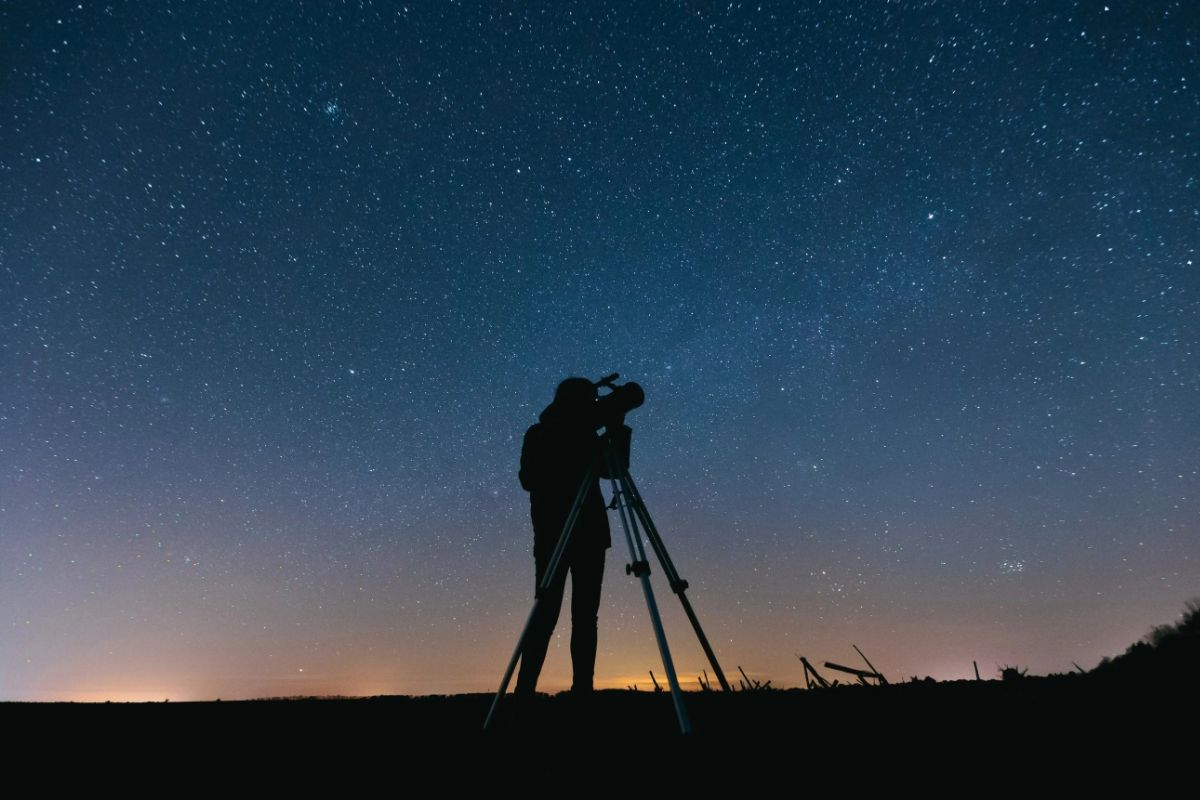Crafting the Ultimate Grab‑and‑Go Astrophotography Rig

Astrophotography is this weird mix of patience and obsession. You sit there, staring at the sky, waiting for that one rare clear night—and if you live in a city with all the light pollution and unpredictable weather, those nights feel like gold. That’s why people fall in love with grab-and-go rigs. They’re light, quick to set up, and honestly, they just make it easier to actually get out there and shoot instead of dreaming about it from your couch.
Now, sure, giant observatory setups look impressive and they’ve got their place. But when you just want to haul something outside and start shooting? Those massive rigs are more trouble than they’re worth. A small, well-thought-out mobile rig gives you freedom—whether that’s capturing a wide-field view under pristine skies or making the most of a rare, cloud-free night in your own backyard.
Table of Contents
ToggleWhy Grab-and-Go Matters
Portability isn’t just some fancy bonus. It’s the difference between doing astrophotography and… well, not. If your gear is a pain to haul, you’ll find excuses not to use it. A grab-and-go setup cuts through all that friction. Toss it in the trunk, or sling it in a backpack, and suddenly those quick “hey the sky’s clear” moments become real chances to shoot.
People in forums like Cloudy Nights—and even Astronomy Magazine—keep hammering this point: mobility is everything. If you’re stuck in a city or fighting constant cloud cover, every minute counts. A streamlined, compact rig means you can go from parking lot to plate-solving in minutes, which sounds dramatic, but when the weather changes in an instant, it’s a lifesaver.
Core Components of a Grab-and-Go Rig
Lightweight doesn’t mean weak. It just means smart choices. You bring what matters, skip the junk, and keep your workflow lean. Let’s break it down piece by piece.
Mount – The Backbone
If there’s one piece of gear that makes or breaks your setup, it’s the mount. Period. Doesn’t matter how fancy your scope is—if the mount wobbles, your images will too.
Traditional travel-friendly mounts? You’ve got options like the iOptron CEM26 or Sky-Watcher Star Adventurer GTi. Both are compact, have Go-To functions, and carry decent payloads without making you feel like you’re lugging bricks. But things are changing fast in this space.
Take ZWO’s Harmonic Equatorial Mounts—the AM3 and AM5. These are wild. They use strain-wave harmonic drives, which means no counterweights in most cases, yet they can still handle serious gear (up to 13 kg on the AM5). They’re tiny, precise, and play super nicely with tools like the ASIAIR Plus. Honestly, a few years ago, this kind of portability and accuracy in one package felt impossible.
Optics – Compact and Capable
Your telescope or lens is all about balance—focal length, weight, and image quality. Most folks land on small apochromatic refractors because they just work.
Scopes in the 60–80mm range with 350–500mm focal lengths hit that sweet spot. Wide views, forgiving setup, and you don’t spend forever tweaking guiding. Designs like triplets and Petzvals are especially popular since they flatten the field and nail color correction without extra accessories. Less fiddling, more shooting.
You’ll see telescope names like the William Optics ZenithStar 73, Askar FMA135, and the RedCat 51 pop up again and again. They’re reliable, sharp, and pair well with everything from DSLRs to cooled astro cams.
And don’t forget lenses. A good 135mm or 200mm prime lens can be a game-changer. Tiny footprint, crisp wide-field shots, and no one’s going to complain about packing less gear when traveling. Perfect for beginners or anyone who just doesn’t want to haul a telescope everywhere.
Camera and Control Systems
Picking a camera depends on your goals, but with grab-and-go rigs, simpler is often better. Photography DSLRs and mirrorless cameras are still fantastic. They’re familiar, versatile, and when paired with a cheap intervalometer, you can run the whole thing without dragging a laptop into the field.
If you’re itching for more control, dedicated astro cameras bring extra sensitivity and features. Pair one with something like the ASIAIR Plus, and suddenly you’re running the entire rig wirelessly from your phone or tablet. No messy cables everywhere, no clunky computer on the grass.
Sure, you can stack on extras—filter wheels, cooling, mono imaging—but let’s be real: when you’re chasing portability, keeping it minimal usually wins.
Power, Tripod, and Accessories
Power is the one thing people forget until the last second. A good lithium battery pack with DC output can keep your mount, camera, and controllers running for hours. Some setups even run off USB-C now, which is awesome because who needs more weird proprietary cables?
Tripods are another big deal. Carbon fiber tripod is the sweet spot: light, strong, packs down small. If you’ve ever hiked with gear, you know every ounce matters.
And cables—seriously, don’t skimp here. Short, tidy cables with zip ties or Velcro wraps save you from tangles, tracking drift, or the nightmare of tripping over your own setup in the dark.
Real-World Inspiration
If you’ve watched Trevor Jones from AstroBackyard, you’ve seen what’s possible with grab-and-go rigs. He’s put together setups with compact refractors, portable mounts, and the ASIAIR system—all small enough to fit in carry-on luggage. Yet the images? Absolutely gallery-worthy.
Astronomy Magazine showed a similar build with a William Optics GT81 and an iOptron mount. Their takeaway was the same: portability equals flexibility. Especially when you’re trying to escape light pollution on short notice.
So, yeah, grab-and-go doesn’t mean “toy.” Done right, these rigs pull off serious, professional-grade shots without weighing you down.
Tips to Maximize Portability and Performance
- Pre-balance your rig before heading out. It’ll save time and put less strain on your telescope mount.
- Stick with integrated control systems like ASIAIR to cut cables and boost reliability.
- Pack smart. A checklist or modular case system keeps you from forgetting some random but critical adapter.
- Focus on one target per night. With grab-and-go setups, efficiency beats quantity.
Final Thoughts
A grab-and-go rig isn’t just a lighter version of “real” astrophotography gear. It’s kind of a mindset. You’re saying yes to speed, simplicity, and freedom—and no to unnecessary barriers that stop you from actually shooting the stars.
With all the new mount tech and the flood of small, high-quality refractors hitting the market, it’s honestly never been easier to build a rig that’s portable and still punches way above its weight.
Whether you’re driving hours to a dark-sky site or just slipping out between clouds in your backyard, a thoughtfully built grab-and-go kit lets you snag the cosmos, one frame at a time.
Published by Carol Jones
My aim is to offer unique, useful, high-quality articles that our readers will love. Whether it is the latest trends, fashion, lifestyle, beauty , technology I offer it all View more posts
Recent Post
Golf Resorts In Greece – Something’s Changing

Rediscover Luxury and Nature at Hotel Xcaret Mexico






